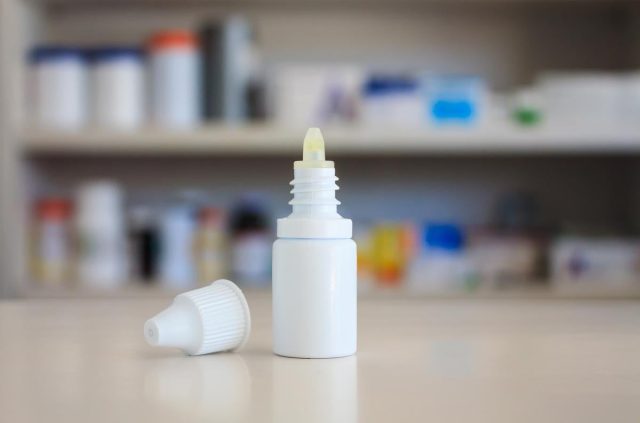Artificial expiration dates of 14 and 28 days lead to $1,328, 207 g plastic, 11,881 drops wasted per year
By Elana Gotkine HealthDay Reporter
TUESDAY, Oct. 22, 2024 (HealthDay News) — Artificial expiration dates on eye drops in ophthalmology clinics result in significant waste in terms of medication, plastic, and cost, according to a study presented at the annual meeting of the American Academy of Ophthalmology, held from Oct. 18 to 21 in Chicago.
Noting that eye drops in ophthalmology clinics have artificial expiration dates of 14 and 28 days, John M. Tan, from the New York Eye and Ear Infirmary of Mount Sinai in New York City, and colleagues collected multiuse ophthalmic drops planned to be discarded at three ophthalmology clinics over three 14-day study periods. The volume of residual medication, and waste in terms of plastic and cost were measured and extrapolated to one year.
The researchers found that 297 bottles were discarded over six weeks of collection. On average, 71.9 percent of medication remained and bottles were discarded 494 days before expiration listed by the manufacturer. Ninety-one percent of bottles would have been completely used by the manufacturer’s expiration date based on medication usage frequency. Due to artificial expiration dates, each exam lane wasted an extra $1,328 in costs, 207 g of plastic (30 medication bottles), and 11,881 drops per year.
“We were really surprised by just how much medication was being wasted,” Tan said in a statement. “We hope that clinics and providers use the FDA-regulated expiration date printed on each bottle. Considering the frequent medication shortages we have to contend with, this is one simple way to reduce the strain on our supply of ophthalmic medications.”
Copyright © 2024 HealthDay. All rights reserved.



















